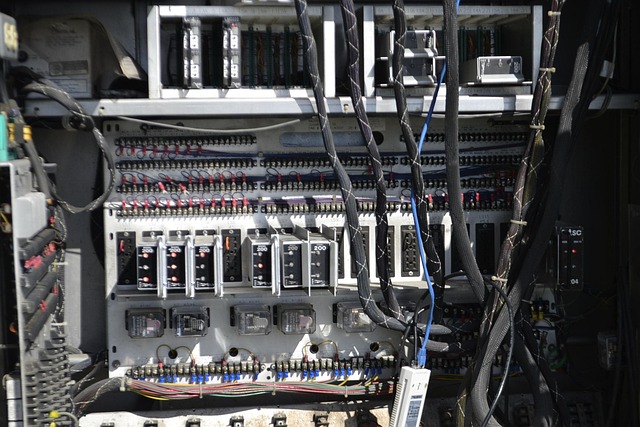In the ever-evolving landscape of technology, the significance of quick response time in hardware cannot be understated, especially when it comes to the realms of Virtual Reality (VR) and Augmented Reality (AR) within the metaverse. The breathtaking worlds being created are not just visual spectacles; they are experiences that rely heavily on the seamless integration of advanced hardware to provide users with immersive environments that feel real.
Imagine donning a VR headset and being transported to a fully interactive realm, where the fine nuances of movement and sensory feedback are crucial for engagement. A lagging response time can shatter the illusion, causing disorientation or even discomfort. It’s essential that users enjoy seamless interactions, reacting to stimuli as they would in the physical world. This is where quick response time plays a vital role, determining how hardware communicates and processes information in real-time.
On the other hand, Augmented Reality merges the digital and physical worlds. A delay in response time when users are interacting with real environments layered with digital information can lead to a frustrating experience. For instance, consider navigating through a city with AR overlays that guide you towards your destination. If the hardware cannot keep up with your movements, the entire experience collapses, and you are left fumbling with technology rather than enjoying the enhanced environment.
The metaverse, as a collective virtual shared space, intensifies the demands on hardware. Here, interconnected experiences are key, and a quick response time ensures that every element—from avatars to digital assets—works harmoniously. Users expect instant feedback, and any lag can lead to a disconnect not only from the virtual environment but also from the community experiences being shared. Thus, developers and hardware manufacturers must prioritize innovations that reduce latency, thereby enhancing user engagement.
For hardware in VR and AR to truly shine, it must be engineered to support rapid processing capabilities. This includes powerful processors, high-refresh-rate displays, and advanced graphics rendering technologies. The integration of these elements results in a smoother, more responsive interaction that captivates and holds the attention of users, making their journey through the metaverse both enjoyable and dynamic.
Moreover, as these technologies become more mainstream, the demand for accessibility increases. Many users are not entirely familiar with VR and AR, so achieving a quick response time is also about creating intuitiveness within the technology. Whether a seasoned gamer or a newcomer exploring the metaverse, the hardware must respond swiftly to actions without extensive learning curves, allowing users to dive straight into the experience.
Understanding the importance of quick response time transcends just a technical specification; it resonates at a deeper level with users who crave immersion, excitement, and a sense of presence in virtual worlds. As we explore the cutting-edge developments in the hardware that powers VR and AR, it becomes clear that the future of the metaverse hinges on the ability to create responsive, engaging, and delightful experiences for all.
Thus, investing in hardware that prioritizes quick response time is not just a choice—it’s a necessity for shaping the future of virtual realms. Committing to these advancements will allow us to bridge the gap between reality and imagination, fostering an engaging metaverse that feels rich and alive.




